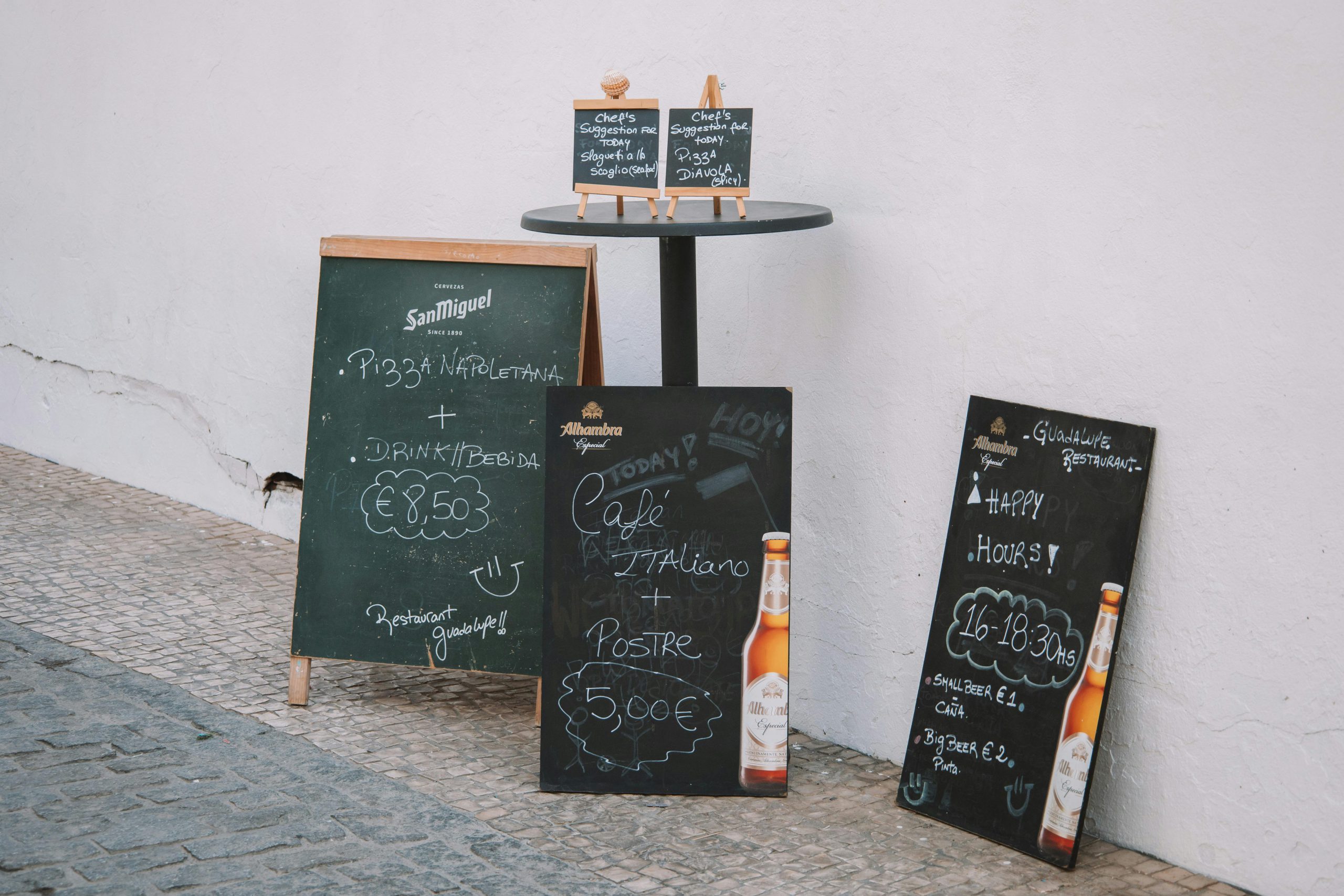
- Readers Rating
- No Rating Yet!
- Your Rating
Spain is a country known not only for its history, architecture, and traditions but also for its impressive gastronomic richness. Food and drink are an essential part of Spanish culture, and throughout the year, different regions celebrate food festivals that pay homage to their local products, regional dishes, and unique flavors. These celebrations are not only an opportunity to enjoy gastronomy but also to share moments of fun, culture, and tradition. In this article, we will explore some of the most peculiar gastronomic festivals in Spain, as well as some of the most internationally renowned. Join me on this delicious journey!
Gastronomy in Spain: The Heart of the Celebrations
Spanish gastronomy is one of the pillars that define its cultural identity. From the fresh seafood of the Mediterranean coast to the deep, earthy flavors of the interior, each region of the country has its own culinary specialties that reflect its history, climate, and traditions. Food in Spain is not just a means of nourishment but a way of sharing and celebrating.
Food festivals are a deeply rooted phenomenon in Spanish culture. During these celebrations, Spaniards not only enjoy their typical products but also participate in rituals and traditions passed down from generation to generation. These festivities are moments where culinary art meets fun, creating an atmosphere of unity and celebration.
In most food festivals in Spain, food becomes the star—not just in terms of taste, but in how it’s enjoyed. Eating in large quantities, with friends and family, outdoors or in the countryside—these are essential elements that define these events.
10 Peculiar Gastronomic Festivals in Spain
1. La Tomatina (Buñol, Valencia)
One of the most famous and extravagant festivals in Spain is La Tomatina, held on the last Wednesday of August in the town of Buñol, in the Valencian Community. This internationally known event draws thousands of people who throw tomatoes at each other for hours. Although La Tomatina doesn’t have a direct culinary origin (it’s more of a symbolic food fight), the tomato is undoubtedly the star.
-
What’s eaten? During La Tomatina, it’s not about tasting traditional dishes, but rather enjoying the use of this key ingredient in a very peculiar way: as ammunition in a battle.
-
How is it celebrated? The festival begins in the morning with a truckload of tomatoes. Participants gather in the streets of Buñol, and when the alarm sounds, the battle begins. It’s recommended to wear old clothes and prepare for a tomato bath.
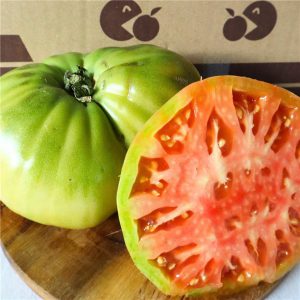
2. La Calçotada Festival (Valls, Tarragona)
In the region of Tarragona, Catalonia, the Calçotada is a food festival dedicated to the calçot, a tender and sweet spring onion grilled over flames and served with a tomato- and almond-based sauce known as romesco. The Calçotada usually takes place in January and February, during the calçot season.
-
What’s eaten? Grilled calçots with romesco sauce, followed by barbecued meat and often some regional wine.
-
How is it celebrated? People gather for large outdoor barbecues. The ritual involves peeling the grilled calçots by hand, dipping them in sauce, and eating them in a festive and messy way. It’s a celebration of friendship, food, and wine.
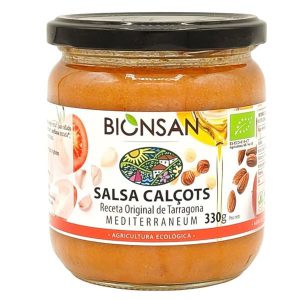
3. The Tapas Fair (Madrid)
Madrid hosts the annual Tapas Fair, a gastronomic event where people can sample hundreds of tapas—small portions of traditional Spanish dishes that allow diners to try a wide variety of flavors. Bars and restaurants across Madrid participate by offering their best tapas for people to try and vote on.
-
What’s eaten? From classic tapas like Spanish omelette, croquettes, and meatballs to more innovative creations that reinterpret traditional Spanish cuisine.
-
How is it celebrated? Attendees roam the city center visiting participating bars and restaurants, enjoying tapas and often taking part in culinary contests and activities.
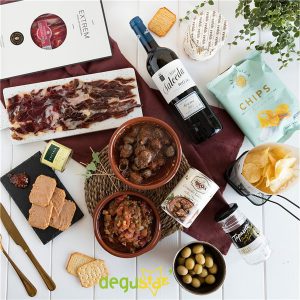
4. Harvest Festival (Jerez de la Frontera, Cádiz)
The Harvest Festival in Jerez takes place in September, coinciding with the grape harvest and the production of the famous Jerez wine (sherry). The celebration features parades, wine tastings, flamenco shows, and various activities related to viticulture and winemaking.
-
What’s eaten? Jerez wine takes center stage, accompanied by Andalusian specialties like pescaíto frito (fried fish) and Iberian ham.
-
How is it celebrated? The festival kicks off with a parade of floats decorated with grapes and flowers, followed by wine tastings, live performances, and events at local wineries.
More party…
5. Cherry Festival (Soto del Real, Madrid)
In the town of Soto del Real, in the Community of Madrid, the Cherry Festival is held every year to honor the region’s cherry production. Visitors enjoy various activities, including cooking contests, cherry markets, and guided tours.
-
What’s eaten? Fresh cherries, along with cherry-based desserts and dishes such as jams and tarts.
-
How is it celebrated? Beyond enjoying the fruit in all its forms, the festival includes music, dancing, and other cultural events.
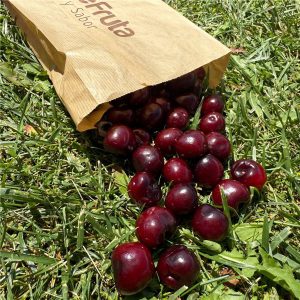
6. Longaniza Festival (Cantavieja, Teruel)
In the town of Cantavieja, in Teruel, the Longaniza Festival honors this regional sausage. Massive barbecues, contests, and events surrounding the making of longaniza are organized.
-
What’s eaten? Grilled longaniza, served with bread and other regional delicacies.
-
How is it celebrated? Attendees take part in barbecue competitions, enjoy traditional music, and sample different varieties of longaniza.

7. Torta del Casar Festival (Casar de Cáceres, Cáceres)
The Torta del Casar Festival celebrates one of Spain’s most famous cheeses, Torta del Casar, from Cáceres. This creamy cheese is typically consumed by opening it and spreading it on bread.
-
What’s eaten? Torta del Casar cheese, along with other regional products like Iberian ham and olive oil.
-
How is it celebrated? Cheese tastings, cooking contests, and other cultural activities are held during the festival.
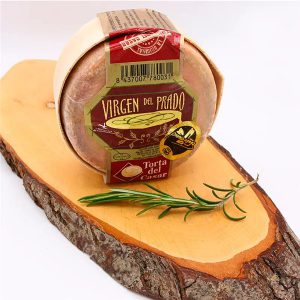
8. La Mojá Festival (La Palma, Canary Islands)
The Mojá Festival is a popular celebration marking the harvest of local produce. Bananas and regional wine are especially highlighted.
-
What’s eaten? Local bananas and wine.
-
How is it celebrated? In a festive atmosphere, food contests, traditional dances, and crop-related games take place.

9. Seafood Festival (O Grove, Galicia)
In Galicia, the Seafood Festival is one of the region’s most important food celebrations. Held in O Grove, the festival attracts thousands of people who come to enjoy fresh local seafood like mussels, goose barnacles, and clams.
-
What’s eaten? Fresh seafood, along with traditional Galician dishes like empanada (savory pie).
-
How is it celebrated? The festival features tastings, live music, and cultural activities related to fishing.
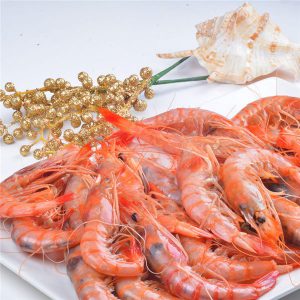
10. Cider Festival (Villaviciosa, Asturias)
In Asturias, the Cider Festival takes place in October and is dedicated to the traditional Asturian sidra. This drink is poured in the air in a unique and theatrical style.
-
What’s eaten? Typical Asturian dishes like cachopo, fabada, and of course, cider.
-
How is it celebrated? The festival includes cider pouring competitions, tastings, and folk music concerts.
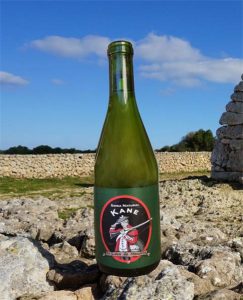
Famous International Food Festivals
In addition to Spain’s food festivals, there are internationally renowned culinary events:
-
Oktoberfest (Munich, Germany): One of the largest festivals in the world, dedicated to German beer and Bavarian food.
-
International Chocolate Fair (Toulouse, France): A festival celebrating the world of chocolate, with tastings, contests, and workshops.
-
Melbourne Food and Wine Festival (Australia): An event showcasing culinary diversity with a mix of global cuisines.
-
Prague Christmas Market (Czech Republic): A festive market where visitors can sample traditional Czech treats like trdelník (sweet pastry) and mulled wine.
-
Rio Beer Festival (Brazil): An annual celebration offering visitors a wide variety of craft beers accompanied by delicious Brazilian snacks.
Food festivals are one of the best ways to experience a country’s culture. In Spain, these celebrations reflect a love for food, tradition, and community. Whether you’re throwing tomatoes in Buñol, enjoying calçots in Valls, or savoring seafood in Galicia, gastronomy becomes a living celebration of Spain’s cultural richness. Internationally, there are also culinary events that showcase food as an art form and a means of cultural expression. Now more than ever, gastronomy is a vehicle that unites people and shares the story and soul of a place.
